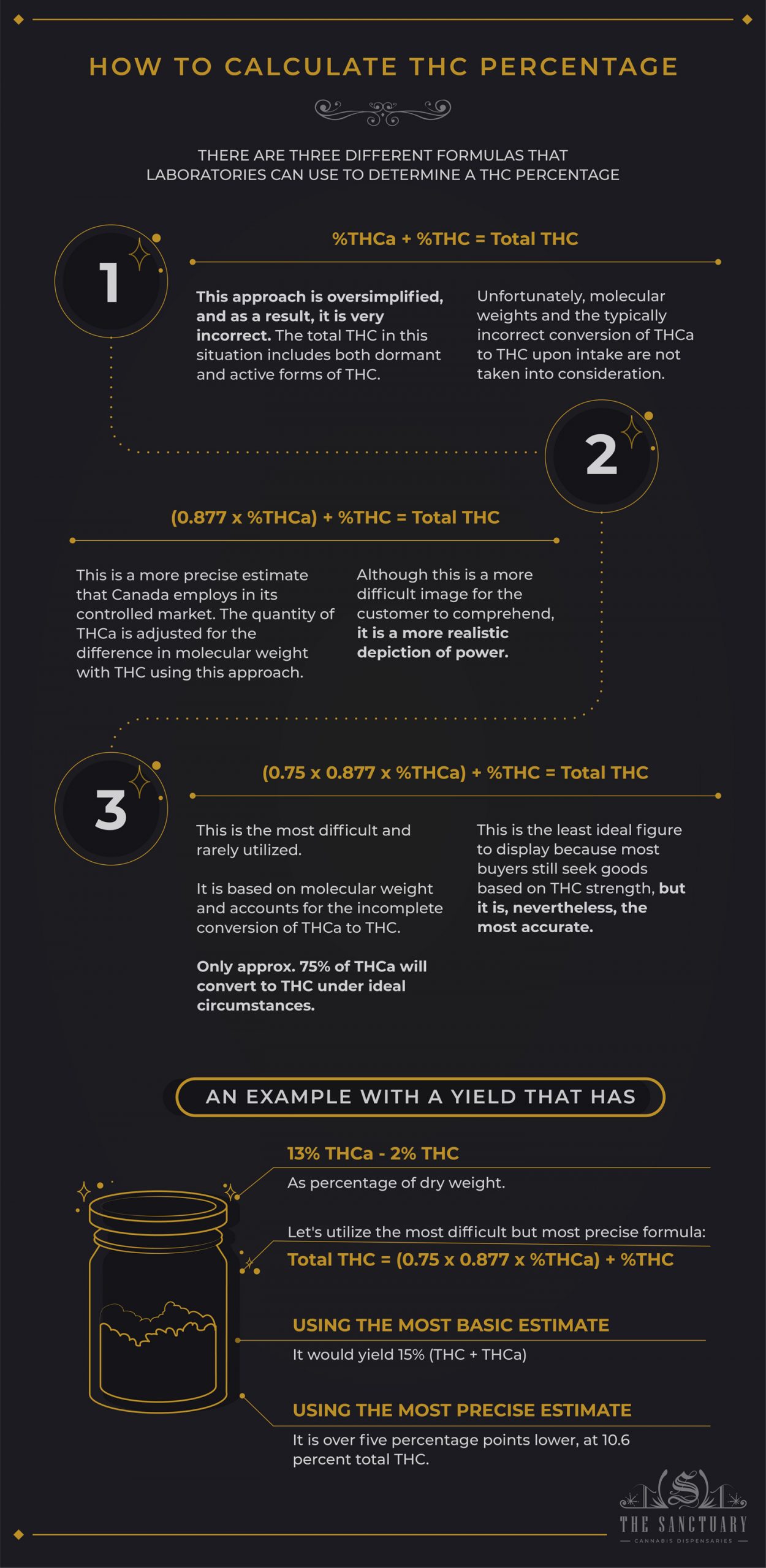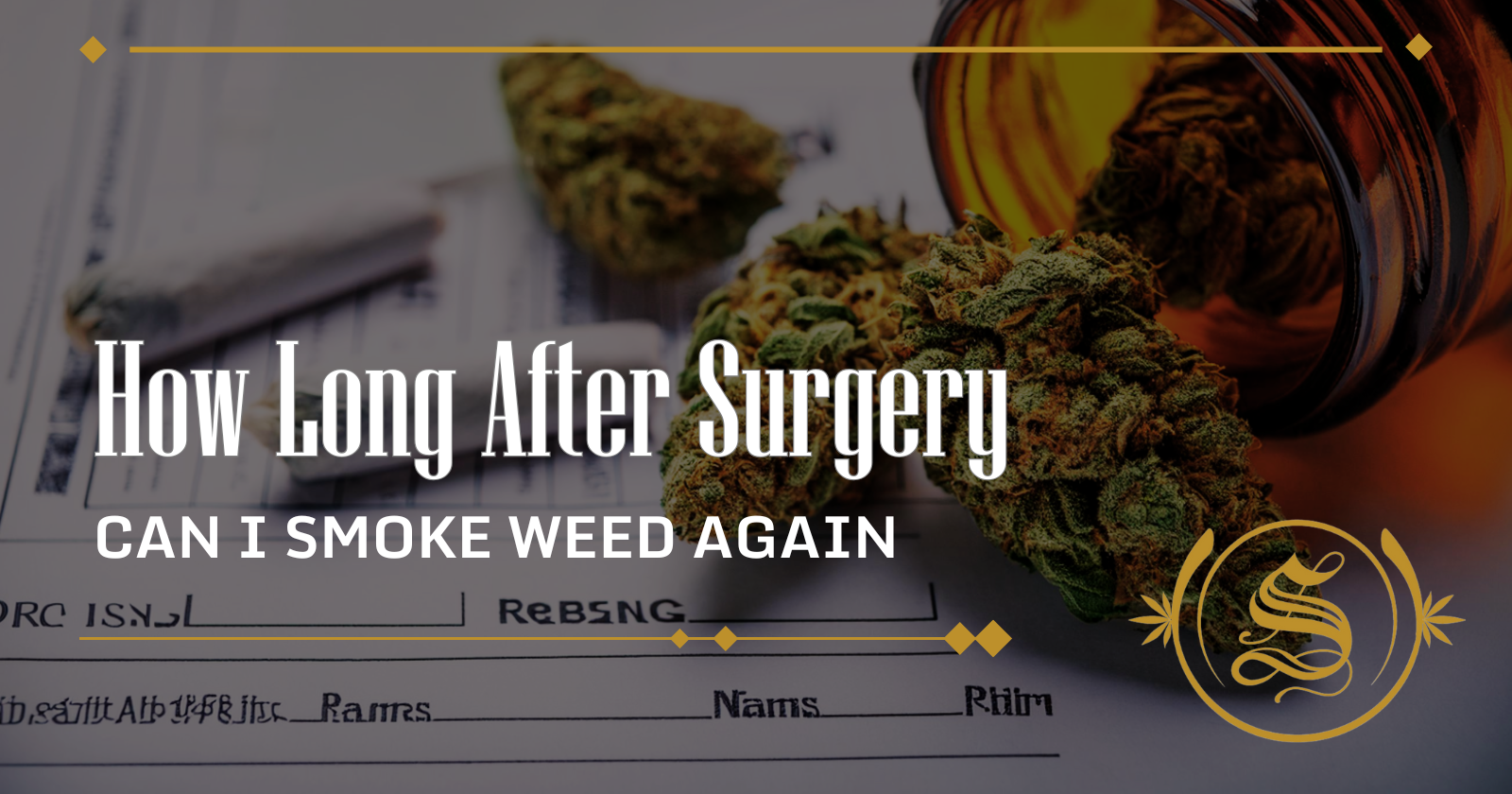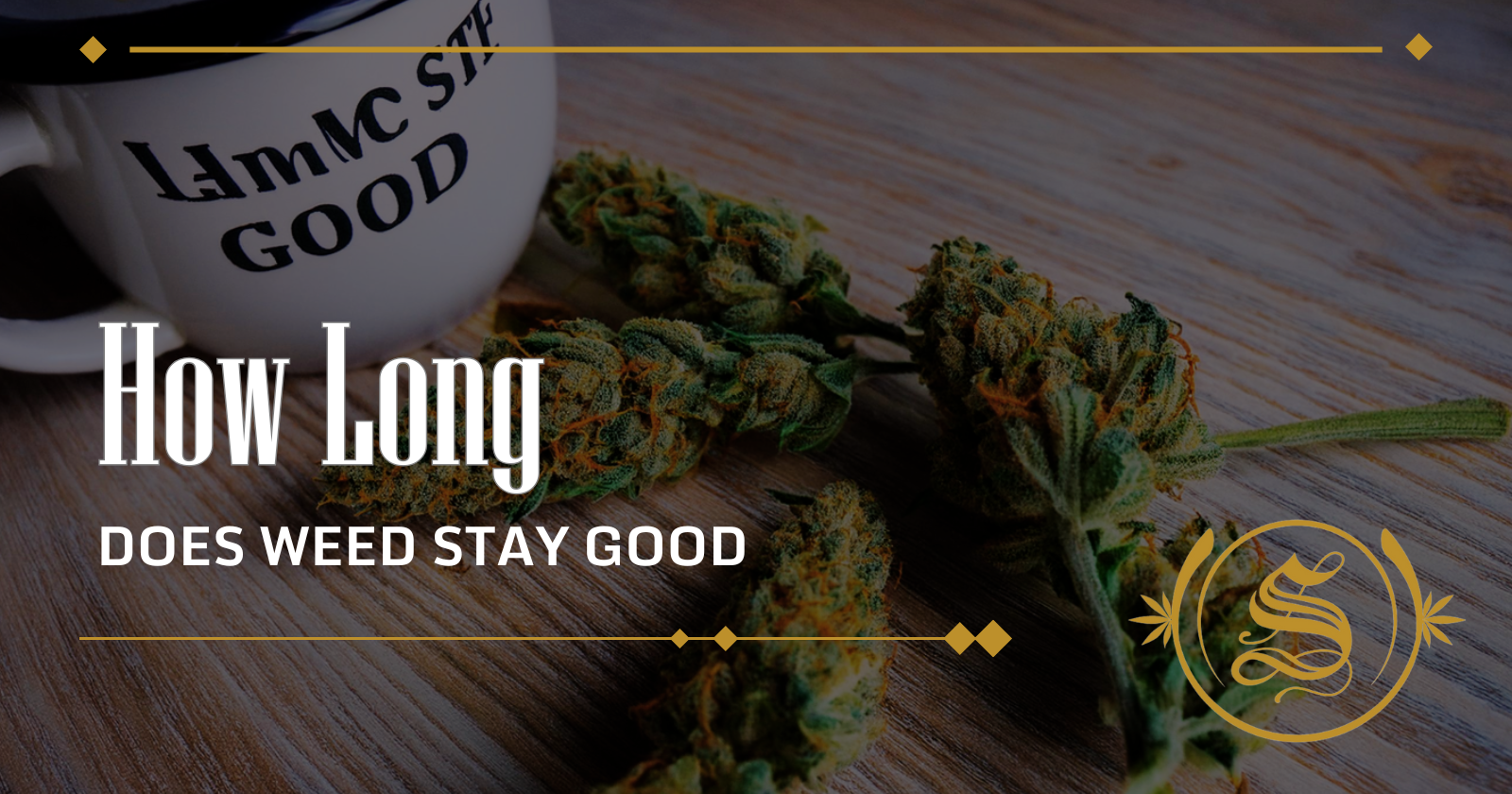Iftikhar Alam
Author
Reviewed by Cannabis Experts
Published on: September 29, 2021 | Updated on: September 4, 2024
Since its popularization in the 1960s and 1970s, cannabis has come a long way. Indeed, according to one research, THC strength and percentages grew by 212 percent between 1995 and 2015.
Cannabis products must be tested and labeled to show how much THC and CBD are present. Because these two cannabinoids are commonly found in the highest concentrations of cannabis products, it is essential for users to grasp what they are and how they operate.
Although the quantity of THC and CBD in cannabis products is shown on the package, these figures can be difficult to read and comprehend, especially for those who are new to cannabis.
The market has educated customers to look for THC content in the licensed cannabis industry.
Tetrahydrocannabinol (THC) and cannabidiol (CBD) percentages are listed in dispensaries, online merchants, and even internet databases.
Except for skilled chemists, these figures are deceptive. The cannabis business as a whole needs to learn more about accessible THC, THC dose, and how to make a usable THC percentage chart.
The THC on a label appears to be a perfect predictor of potency to the inexperienced eye. However, there are several issues with our knowledge of potency.
Cannabinoids, for starters, are never steady. When exposed to the environment, cannabinoids degrade and convert into other cannabinoids.
Second, few people know that the “Total THC” printed on a flower is only a rough approximation at best. Furthermore, a considerable margin of error is permitted.
Third, the accessible THC dose is as much a function of the substance as it is of how you consume it. The industry is changing, and this might lead to the creation of an exact and real THC content dose chart that can be used by any user in the future.
Cannabinoids are volatile to chemical changes
Cannabis plants generate cannabinoids, which are volatile chemicals. In reality, cannabinoids begin to change during cultivation and continue to do so indefinitely. Cannabigerolic acid (CBDGa), for example, is the precursor to all cannabinoids. This “Mother” cannabinoid converts into tetrahydrocannabinolic acid (THCa), cannabidiolic acid (CBDa), and cannabichromenic acid (CBCa) over time and after exposure to oxygen, heat, and light/UV radiation.
THCa, CBDa, and CBCa are all precursor cannabinoids that eventually transform into THC, CBD, and CBC, respectively. In most cases, this transition occurs during the decarboxylation process. Decarbing is a term used to describe this process. “Raw weed,” on the other hand, has some THC.
The effect of temperature on THC content
Cannabis deterioration may be influenced by temperature in a variety of ways. Cannabis should be kept at a temperature of no more than 70 degrees Fahrenheit. Any higher, and you are introducing an atmosphere to your cannabis that is favorable to bacterial and mold growth.
Furthermore, volatile monoterpenes begin to polymerize at unexpectedly low temperatures, resulting in a shift in the flavor and fragrance profile of your cannabis flower. Cannabinoids begin to decarboxylate and/or deteriorate when exposed to high temperatures over an extended period of time.
THCA will lose its carboxyl ring first, turning it to THC, which can then degrade to CBN when exposed to high temperatures over lengthy periods of time.
Conversely, cannabis kept excessively cold, such as in a freezer, can cause relative humidity to rise, forcing moisture to the plant’s surface and breaking down trichomes in the process.
The effect of humidity on THC content
By reintroducing high quantities of moisture back into the flowers, high relative humidity might impact cannabis deterioration. During the drying and curing phases of harvested cannabis, fluid transport slows dramatically.
To minimize unfavorable deterioration in either direction, cannabis should be kept with a relative humidity of 59-63 percent.
Cannabis flowers are at risk of mold when significant levels of moisture are reintroduced, and restricted air circulation can also introduce a taste of ammonia. Low humidity, on the other hand, can hasten cannabis deterioration by drying out leaves and foliage, making them brittle and fragile.
The effect of light and oxygen on THC content
Whereas temperature and humidity are also important factors in THC deterioration, high levels of UV radiation and oxygen exposure may induce the fastest rates of breakdown. UV radiation has the ability to rapidly degrade organic materials, resulting in cannabinoid breakdown and loss. Only by restricting light exposure to cured flowers can this process be delayed.
Cannabinoid breakdown can also be accelerated by increased oxygen exposure. While THC is exposed to highly oxidizing conditions, it converts more quickly to CBN, which is why it is critical to monitor both oxygen levels and relative humidity when curing cannabis buds.
Is the THC Potency Measurement Accurate?
Cannabis purchased at dispensaries will commonly label THC and CBD content, however, the veracity of these figures is questionable. Consumers and even budtenders are likely to believe that a flower containing 22 percent THC has 22 milligrams of THC per gram of flower. That is just untrue.
Cannabinoids are an ever-changing target. During production, the cannabinoid profile develops as a result of genetics and environmental factors. The final profile may vary after harvest, curing, storage, and handling.
Even under perfect conditions, cannabinoids degrade slowly from acidic forms to active molecules, and then to CBN. Because of this natural process, putting a simple figure on the label to represent overall potency is quite difficult.
How to Calculate THC Percentage

For the time being, ignore cannabinoid degradation and assume that cannabinoids remain stable from harvest to ingestion. THC percentages on labels are technically a computation that takes THC, THCa, conversion, and molecular weights into account — or none of the above. There are three different formulas that laboratories can use to determine a THC percentage:
Formula #1: %THCa + %THC = Total THC
This approach is oversimplified, and as a result, it is very incorrect. The total THC in this situation includes both dormant and active forms of THC. The total THC calculation is determined by adding these two values together.
Unfortunately, molecular weights and the typically incorrect conversion of THCa to THC upon intake are not taken into consideration.
Formula #2: (0.877 x %THCa) + %THC = Total THC
This is a more precise estimate that Canada employs in its controlled market. The quantity of THCa is adjusted for the difference in molecular weight with THC using this approach. Although this is a more difficult image for the customer to comprehend, it is a more realistic depiction of power.
Formula #3: (0.75 x 0.877 x %THCa) + %THC = Total THC
The last approach is the most difficult and rarely utilized. It is based on molecular weight and accounts for the incomplete conversion of THCa to THC. Only approximately 75 percent of THCa will convert to THC under ideal circumstances.
This is the least ideal figure to display because most buyers still seek goods based on THC strength. It will always be lower than the other two alternatives. It is, nevertheless, the most accurate.
The real strength of cannabis is difficult for the typical individual to comprehend. For starters, there is no simple THC percentage chart that details cannabinoid breakdown, molecular weight, expected cannabinoid conversion, and preferred delivery method.
A real-life example is the most effective explanation. This strain has 13 percent THCa and 2 percent THC as a percentage of dry weight, according to a White Widow test report. What is the total THC accessible to the user if this strain has not degraded at all over time?
Let’s utilize the most difficult but most precise formula: Total THC: (0.75 x 0.877 x 13%) + 2% = 10.6 percent
It would yield 15% (THC + THCa) using the most basic estimate of total THC. However, according to the most precise estimates, it is over five percentage points lower, at 10.6 percent total THC.
Does a higher THC percentage mean better weed?
Answering inquiries about cannabis might be difficult at times. Despite the fact that a greater THC percentage indicates higher grade cannabis, lesser THC percentage strains might be just as excellent.
Because stronger weed has a naturally higher potency, you may expect a stronger high. However, strains with lesser levels of THC may bring on stronger effects for you personally. When the “entourage effect” of other cannabinoids is taken into account, certain strains with lower THC percentages may potentially make you feel more intoxicated.
With that stated, when considering the “best” strains available in terms of the vast array of effects, strains with the most terpenes and cannabinoids available are the way to go.
The higher the terpene content, the better the flavor, and many cannabis users rank their cannabis only on the basis of taste or scent.
Furthermore, because THC interacts differently in different people, one high-THC strain may be better for you than others. When picking out your next strain from the dispensary, look for one with an abundance of terpenes and cannabinoids and judge for yourself if you like it better than high-THC strains with minimal amounts of other cannabinoids.
The content provided on this blog is for informational purposes only and does not constitute medical, legal, or professional advice. Cannabis use is subject to local laws and regulations, which vary widely by jurisdiction. Always consult with a healthcare professional before starting any new treatment or altering an existing treatment regimen. The authors and publishers of this blog are not responsible for any actions taken based on the information provided herein. Use cannabis responsibly and in accordance with applicable laws. This blog is intended for adults aged 21 and over. The Sanctuary Dispensaries D186, D187.








